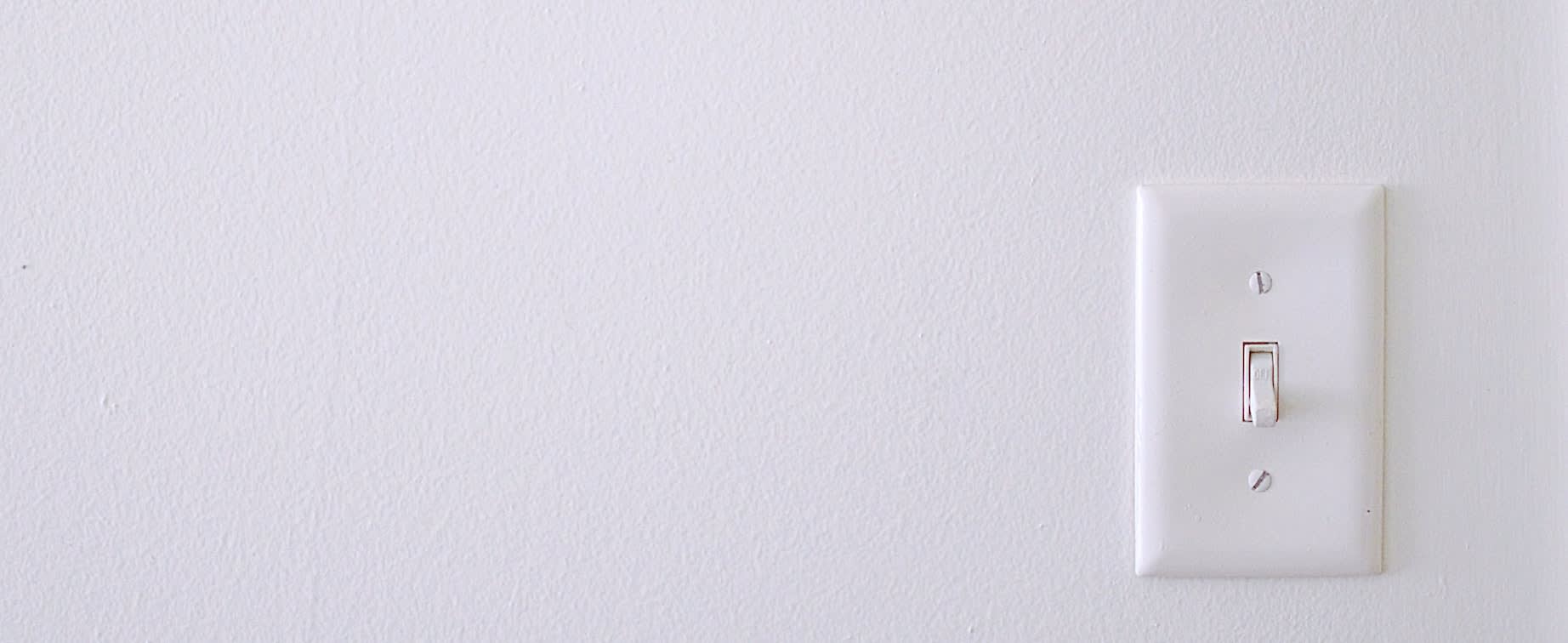Table of Contents
Overview
Obsessive-compulsive disorder (OCD) is a very well-known mental health disorder. Often, when people think of OCD, they imagine a person obsessively ordering their items or turning light switches on a certain number of times. While these are common compulsions, OCD is a very complex disorder and symptoms can vary greatly.
As the name suggests, people with obsessive-compulsive disorder have either obsessive thoughts or a compulsive need to do things. Most OCD patients have both obsessions and compulsions, although it is possible to have one without the other. A lot of people that have OCD are aware that their obsessions or compulsions are irrational and may try to ignore them or stop them. However, usually, this only increases distress. [1]
OCD is common in the United States and affects around 2.2 million Americans. [2] The disorder can develop at any time, although there are two periods of life where it more commonly occurs. These periods are late childhood and early adolescence and then during a person’s late teens and early 20s. [3] Keep reading to learn more about obsessive-compulsive disorder and how it can be treated using medications such as Prozac (fluoxetine) and Anafranil (clomipramine). Obsessions are thoughts or images that are intense, persistent, and repetitive. These thoughts are usually unwanted and patients may feel uncomfortable, scared, or disturbed by their thoughts. [4] The majority of OCD patients are aware that these thoughts are irrational or do not make sense. Common obsessions include the fear of germs, superstitions, violent images, or sexually explicit thoughts. [5] While obsessions are persistent and involve repetitive thoughts, compulsions are repetitive actions or behaviors. These actions are often time-consuming and may cause distress. Compulsive actions are typically not pleasurable but can be a temporary way to cope with anxiety. The actions are not always directly related to the problem that they are intended to fix. Common compulsions include repeatedly checking that doors are locked, silently repeating a phrase, or washing hands so frequently that they become raw. [1] The exact cause of OCD is not known. However, there are several factors that can increase the risk of developing the disorder. Family History: Obsessive-compulsive disorder is partially genetic. Those that have a parent or other family member that have the disorder have an increased risk of developing the condition themselves. This risk is greater the closer to your immediate family that the individual is. Approximately 50 percent of the risk of developing OCD is genetic. However, your family can also affect the likelihood of developing this disorder in other ways. This includes environmental factors, such as learning coping mechanisms for stress. [6] [7] Gender: OCD affects both men and women equally. However, women are more likely to develop the condition earlier in their life. [3] The symptoms of OCD also differ by gender. Females are more likely to have obsessions and compulsions related to cleaning or contamination. By contrast, male obsessions and compulsions are more likely to be religious, violent, or sexual. [8] Traumatic Life Events: A major risk factor for OCD is going through a particularly stressful or traumatic event early in life. This could include being abused as a child, the loss of a loved one, or being involved in a car accident. [9] Other Mental Health Disorders: Having another mental health disorder can also be a risk factor for OCD. This is especially true of another anxiety disorder, but also includes depression and tic disorders, such as Tourette’s. Substance Abuse: Drug and substance abuse can cause chemical changes in the brain that may increase the risk of developing OCD. Additionally, substance abuse may indirectly cause OCD by creating an increased amount of stress or leading to a traumatic incident. [7] There are several different medications used to treat obsessive-compulsive disorder. Typically, the first type of medication used is antidepressants. Medications such as Prozac (fluoxetine), Paxil (paroxetine), and Anafranil (clomipramine) are all common OCD medications. Medications are not a quick, short-term treatment for OCD and can take several weeks or months before you notice an improvement. In addition to the use of prescription medications, OCD patients may also require psychotherapy treatment. In particular, CBT (cognitive behavior therapy) can be effective for those with obsessive-compulsive disorder. One area of CBT is exposure and response prevention. This involves gradually exposing patients to their fears or obsessions but in a safe space. Patients can then learn how to cope and resist their urges. Once again, this is not a quick fix and can take time, effort, and practice. Learning to manage and cope with obsessions and compulsions can help improve a patient’s quality of life. The content in this article is intended for informational purposes only. This website does not provide medical advice. In all circumstances, you should always seek the advice of your physician and/or other qualified health professionals(s) for drug, medical condition, or treatment advice. The content provided on this website is not a substitute for professional medical advice, diagnosis, or treatment.
Obsessions & Compulsions

What Causes OCD?

OCD Treatments
a. Medications
b. Therapy
